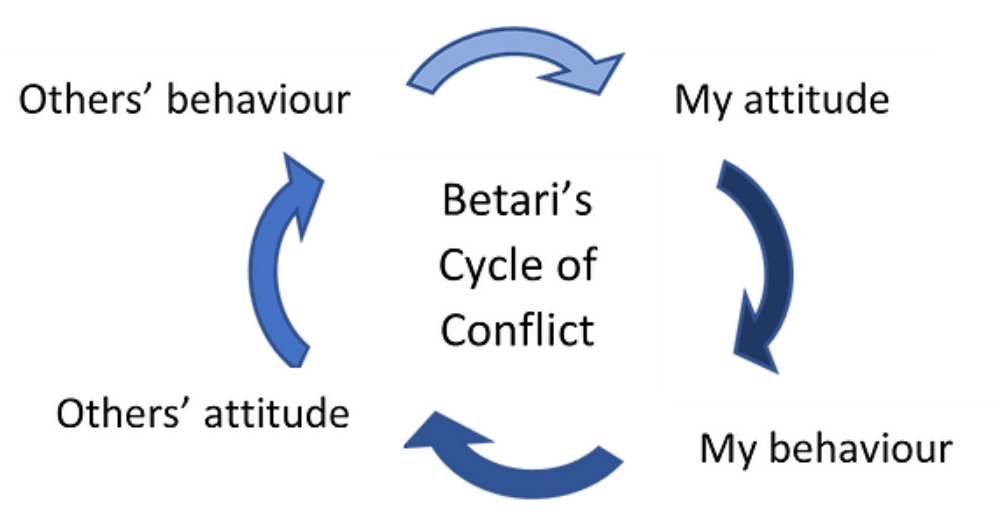
Is it the car, the road or the driver?
A few years ago, I decided to go back to driving school to complete the Institute of Advanced Motorists (IAM) advanced driving program. I was fortunate to have received a performance sports-car as my new company car (one of the perks of working for Aston Martin) and felt it would be the safe and sensible thing to do (and might potentially save me a few speeding tickets). Before even getting in the car, we were taught about the importance of pre-driving checks of the car (tyres, windscreen and wing mirrors), the road (broken glass, ice, stray shopping trolleys) and the driver (how do I feel – am I tired, angry, frustrated, in a hurry, distracted?). I was initially surprised to learn that the pre-driving checks included not just the car but also me, but as around 90% of car accidents are caused by human error, I guess it makes sense. If I am in a hurry, am I likely to drive too fast, or take unnecessary risks? If I am distracted or tired will I be able to concentrate sufficiently on my driving? If I am feeling frustrated or angry, will I still treat other road users with courtesy?

IAM use ‘Betari’s Cycle of Conflict’ to help drivers to understand how their attitude, and the attitude of other road users, can compound to create an unsafe driving environment.
What is your emotional state?
But what about the effects of emotions in the workplace? Do you check yourself before entering the office, or when you go back home at the end of the day?
Daniel Goleman, the author of ‘Emotional Intelligence’ suggests that there are five levels of emotional intelligence, beginning with an awareness of your own emotions and how to manage them, and then moving on to how best to be aware of and work with the emotions of others.
In the workplace, we don’t always acknowledge our emotions. Many executives lack a broad emotional vocabulary and a practical understanding of how their emotions impact on their behaviour. Understanding your emotional repertoire is the source of your emotional intelligence. Robert Plutchik proposed a model of emotions (the ‘wheel of emotions’) including eight primary emotions—anger, fear, sadness, disgust, surprise, anticipation, trust, and joy. Each emotion has an associated stimulus (e.g. ‘threat’), cognition (‘danger’), feeling (‘fear’), behaviour (‘flight’) and effect (‘protection’). Reflecting upon models of this type can help executives to become more aware of their own signature responses and catch ’emotional highjacks’ before they happen, enabling them to ‘intentionally respond’, rather than ‘unintentionally react’, to stressful situations. They will also be better equipped to sense, accept and respond to the emotions of others.
So next time you are going into a situation at work that might get you riled, perhaps take an emotional temperature check. You might be surprised at how little of your behaviour at work is caused by the ‘car’ and the ‘road’, and how much is down to you.